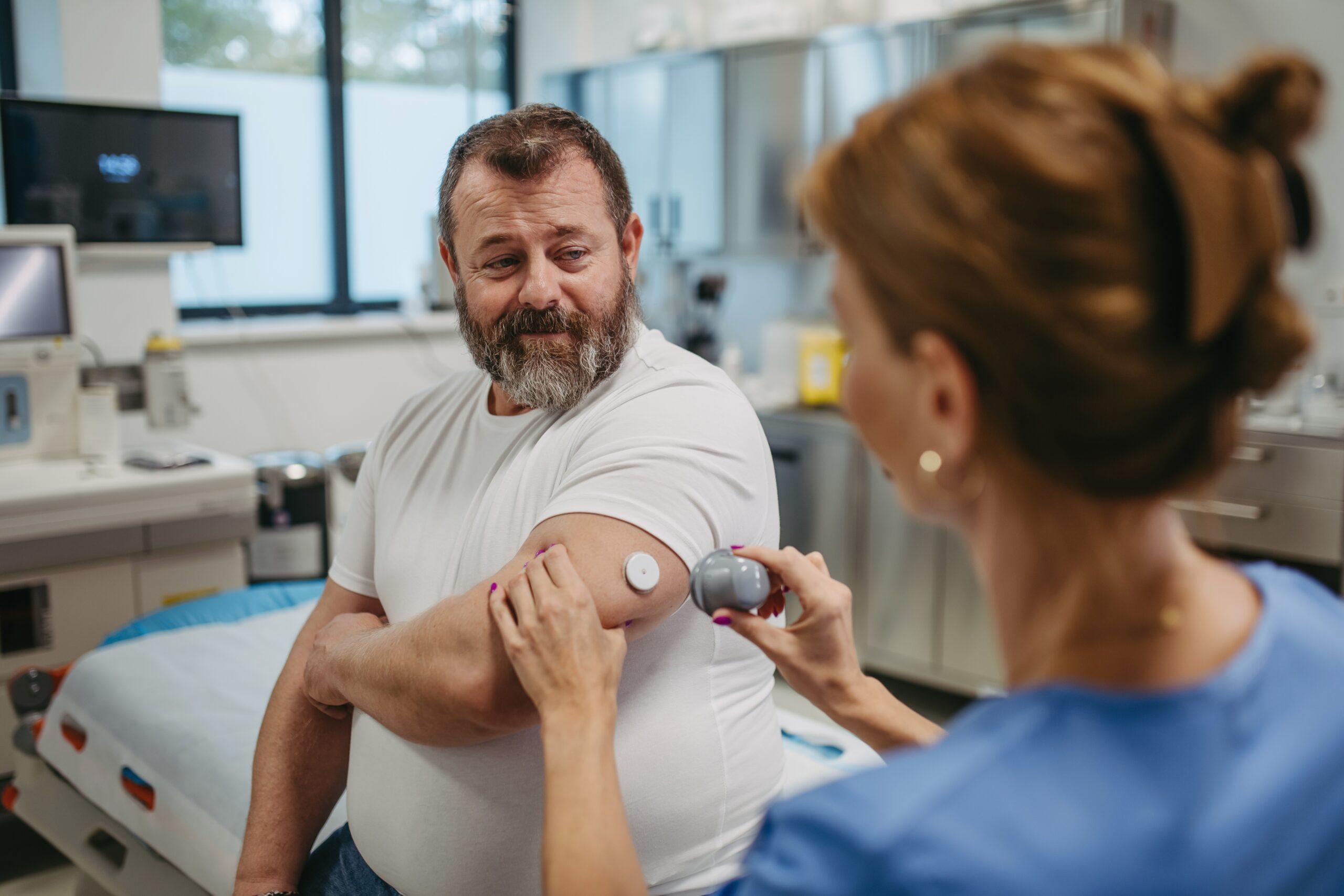Blogs

Featured blog

How to boost your MA-PD Star scores through accurate risk adjustment
Accurate risk adjustment is foundational to ensuring that Star ratings reflect true quality, rather than differences in member health. Accuracy ensures CMS appropriately compensates plans for managing complex populations, rewarding those that deliver superior care despite higher patient acuity.
Read moreAll insights

Subscribe to Vatica Voice
Get our latest news and insights delivered directly to you.
Adjust your approach to risk adjustment
Talk to one of our risk adjustment experts today to see how we can help you deliver better performance and stronger compliance while closing gaps in care.